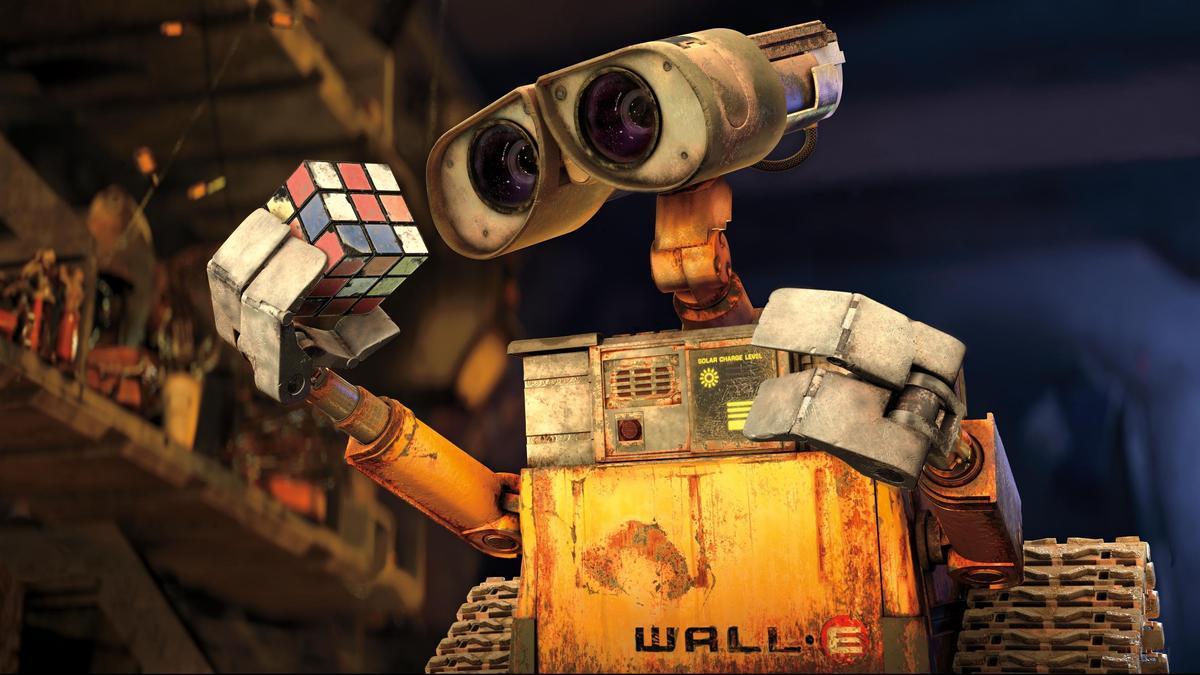
Sheldon Cooper from “The Big Bang Theory” (2007-2019) remains one of the most recognizable geek archetypes in television history, and one of his most depicted traits was his addiction to video games. Whether playing on PlayStations, gaming laptops, or handheld video games, Sheldon had them all. In the episode “The Monster Isolation” (Season 6, Episode 17), Sheldon smuggles various video games on his person because his friends are making him attend a play he doesn’t want to see. Among all the digital amusements, the only analogue item he carries is the humble Rubik’s Cube. We already know that Sheldon is into ‘cubing’—the pursuit of fast and elegant Rubik’s Cube solutions, either professionally or otherwise. Throughout seasons five and six, he is often seen wearing a T-shirt featuring a melting Rubik’s Cube, a nod to his (and the show’s) endorsement of this globally beloved puzzle.
The year 2024 will mark 50 years since Hungarian architecture professor Ernő Rubik created the first prototype of his combination puzzle—where a 3×3 cube painted in various colors has to be aligned so that each face displays a single color. Over these five decades, the Rubik’s Cube has regularly appeared in blockbuster movies and TV shows. Its identifiable nature makes it an apt metaphor for life’s challenges, dilemmas of the heart, and the frantic feeling of life passing by while one tries to ‘solve’ personal attitudes holding them back.
One straightforward way filmmakers have utilized the Cube is to depict characters as rapid and intuitive learners, especially regarding technological proficiency. For instance, in “Tron: Legacy” (2010), protagonist Sam Flynn, who is the son of a legendary programmer, is shown tinkering with a Rubik’s Cube in his bedroom. Similarly, “Hacker” (2016) introduces its protagonist as a child solving a Cube quickly at the breakfast table, with his bemused parents watching in the background. “Snowden” (2016) depicts the titular character with a Cube in a similar vein. Mathematical genius John Nash (played by Russell Crowe) is shown to have one in his room in “A Beautiful Mind” (2001). Even documentaries find the Cube useful: “Bobby Fischer Against the World” (2011) features the iconic chess player solving a Rubik’s Cube at one point.
A still from ‘Spider-Man: Into the Spider-Verse’ (2018).
More recently, the vivid colors of the Cube were used for an interesting visual gag in “Spider-Man: Into the Spider-Verse” (2018), one of the most original animated films in recent times. The movie showcases Spider-Men and Spider-Women from different realities converging to train Miles Morales, the Spider-Man of the ‘default’ reality. One of these alternate Spideys is Spider-Man Noir (voiced by Nicolas Cage), who comes from a black-and-white reality.
. The grim and brooding Noir is preoccupied by a Rubik’s Cube that he carries everywhere. Towards the film’s end, we see him having solved the Cube—the only colored object in his reality. This process not only resolves the puzzle but also mirrors Noir’s existential crisis as the story progresses.
This Spidey scene is a reminder of the versatility of this simple yet profound device. For instance, “WALL-E” (2008) famously employed the Cube as a romantic gesture between its robot protagonists, WALL-E and EVE. In the music video for “Ain’t Your Mama” (2016), Jennifer Lopez portrays women from every decade starting with the 1950s, with the video structured as a mini-history of second-wave feminism. She is shown to excel at tasks that men around her struggle with; in one moment, she takes a Rubik’s Cube from a floundering man and solves it instantly.
Perhaps the most iconic usage of the Cube, my personal favorite, is from the Will Smith classic “The Pursuit of Happyness” (2006). Set in 1981, Smith’s penniless salesman character Chris Gardner meets hotshot stockbroker Jay Twistle (Brian Howe) in a taxi. Twistle is the head of Dean Witter Reynolds, a prominent brokerage firm of the 70s and 80s. Gardner impresses Twistle by solving a Rubik’s Cube during the cab ride, a feat he perfected by practicing in his bedroom in a previous scene. His impressive display leads to an internship opportunity at the firm. For this scene, the film’s producers hired 22-year-old Tyson Mao, a Taiwanese-American ‘speedsolver’ and one of the World Cube Association’s founders, to train Smith.
During the pandemic, several American professional basketball players took up the Rubik’s Cube to kill time during lockdowns. NBA legend Steph Curry, widely regarded as one of the greatest players of all time, uploaded videos of himself solving the Cube on Instagram. Curry eventually learned to solve the Cube blindfolded, utilizing well-documented algorithmic methods. The broad appeal of the Rubik’s Cube, cutting across age, culture, and profession, underscores its special place in both popular culture and personal pastimes.
The writer and journalist is working on his first book of non-fiction.
The Hindu Sunday Magazine
/cinema
/games
/entertainment
/arts, culture, and entertainment
/society
/human interest












